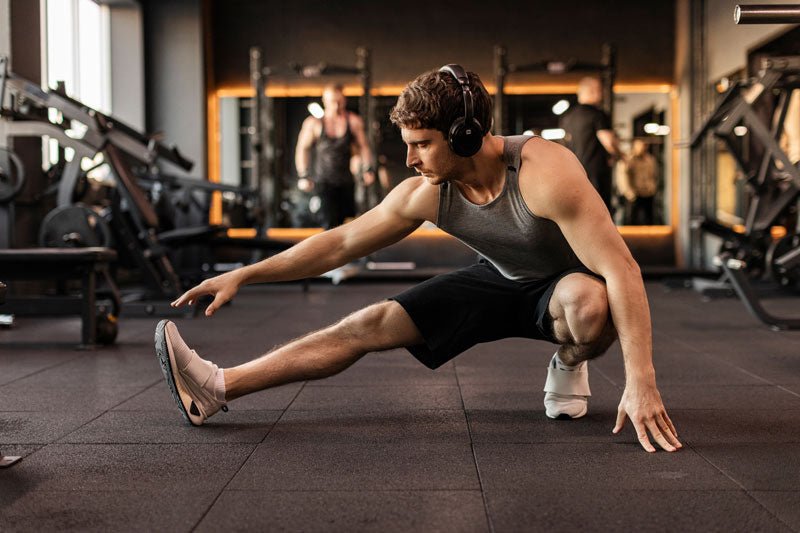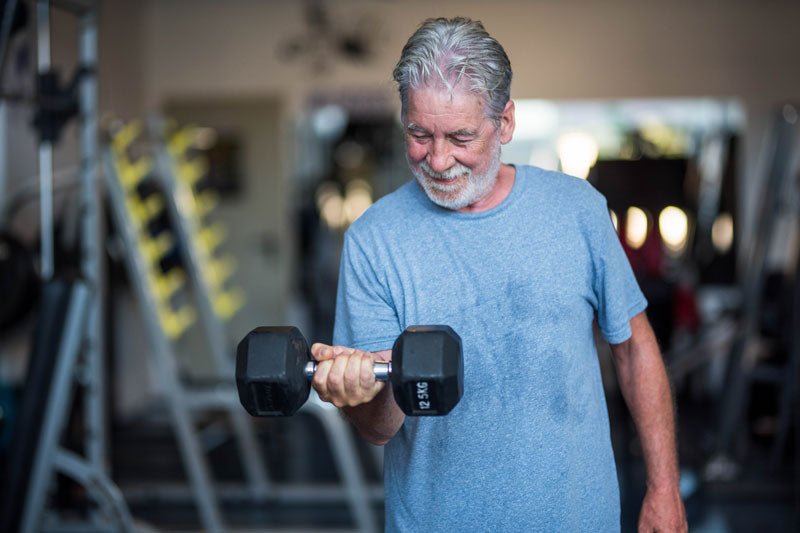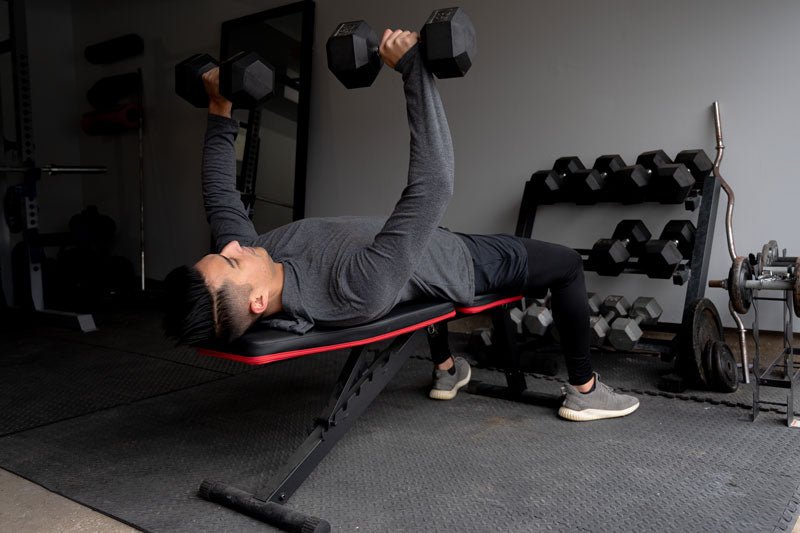Post‑Workout Stretching Essentials to Speed Recovery

Why Stretching Should Follow Every Workout
Post workout stretching is often overlooked, but it plays a vital role in helping your body recover and rebuild after training. When muscles are worked during lifting or high-intensity training, they become tight and shortened. Stretching lengthens these muscles back out, improves circulation, and accelerates the removal of lactic acid. This process reduces soreness and decreases the likelihood of injury in future sessions.
It also promotes better joint mobility and posture, both of which support strength and performance over time. Making stretching a consistent part of your routine ensures your recovery is as intentional as your training. Many athletes train hard but skip this final step, thinking of it as optional. In reality, stretching improves long-term performance by preparing the body for the next session.
It’s especially important as you age, when recovery tends to take longer and flexibility naturally declines. Whether you’re a competitive lifter or weekend warrior, a proper cooldown keeps your muscles healthy and responsive. Fray Fitness offers recovery tools and mobility gear that make stretching easier, more effective, and even enjoyable. With the right approach and equipment, your cooldown can become a performance advantage.
Know the Difference: Static vs. Dynamic Stretching
Not all stretching is created equal. The two primary forms—static and dynamic—serve different purposes and should be used at different times in your workout. Static stretches involve holding a position for 20 to 60 seconds to elongate the muscle and relax connective tissue. This form is best used after training, when muscles are already warm and more pliable.
In contrast, dynamic stretching involves movement and is ideal as part of your warm-up. It helps activate muscles and prepare the nervous system for activity. Knowing when and how to use each form helps maximize flexibility gains while minimizing risk. Using both correctly is a game changer for performance and recovery.
For example, dynamic movements like leg swings, torso twists, or walking lunges are perfect pre-workout because they mimic patterns you’re about to perform. Post workout, you want deeper, slower holds like seated hamstring stretches, standing quads, and chest openers. Static stretches help return muscles to resting length and improve range of motion over time. Using Fray resistance bands and mats enhances both methods by providing control, support, and increased muscle engagement.
Bands are great for holding deep stretches or assisting with form if flexibility is limited. A stretch session combining both methods will keep you limber and better prepared for your next workout. Integrating both stretch types into your routine brings balance to your training plan. Flexibility is not just for recovery days—it’s part of building real strength.
Target Every Major Muscle Group After You Lift
Focusing your post workout stretching on the muscles you just trained helps prevent tightness and imbalances. After lower body days, prioritize hamstrings, calves, quads, hip flexors, and glutes. Stretches like the runner’s lunge, standing quad stretch, or pigeon pose help release tension and improve mobility in the hips and legs. Target the chest, shoulders, traps, triceps, and lats for upper body sessions with movements such as doorway pec stretches, child’s pose, and cross-body arm pulls.
These positions can easily be enhanced with tools like Fray stretch straps or foam rollers for deeper activation. Targeted stretching reduces post-lift stiffness and sets you up for more comfortable movement the following day. It also helps you maintain proper posture and lift with better form. A full-body routine ensures no area gets left behind.
Even five to ten minutes can make a big difference if you're short on time. Hold each static stretch for at least 30 seconds and avoid bouncing, which can cause strain. Focus on breathing deeply and relaxing into each position to allow the tissue to release. Using a Fray Fitness mat adds comfort and grip on any surface.
Foam rolling before or after stretching can also help release tight fascia and prep the muscles for elongation. By stretching consistently, you support strength gains and reduce the downtime between workouts. It's a small effort that brings big returns in recovery and mobility.
Make Recovery a Weekly Priority, Not a Bonus
Stretching works best when it’s part of a long-term plan, not just something you do when you feel sore. Incorporating recovery days or light mobility sessions throughout the week improves flexibility and reduces fatigue. Aim to include post-workout stretching after every training session and dedicate at least one day per week to full-body recovery. Use a roller, resistance bands, and a flow-style routine on that day to release tension and restore energy.
Fray Fitness mobility kits include everything you need to build a recovery-focused space. When stretching becomes a habit, it becomes an edge, not just a chore. Safe execution is key to progress and injury prevention. Never force a position or rush through your cooldown.
Stretch until you feel tension, not pain, and maintain good posture with controlled breathing. Accessories like stretch straps and yoga blocks can help hold form when flexibility is limited. Fray’s high-grip mats and rollers are built to support athletes of all levels with comfort and control. With the right gear and weekly structure, post workout stretching becomes a simple, sustainable way to protect your progress.



